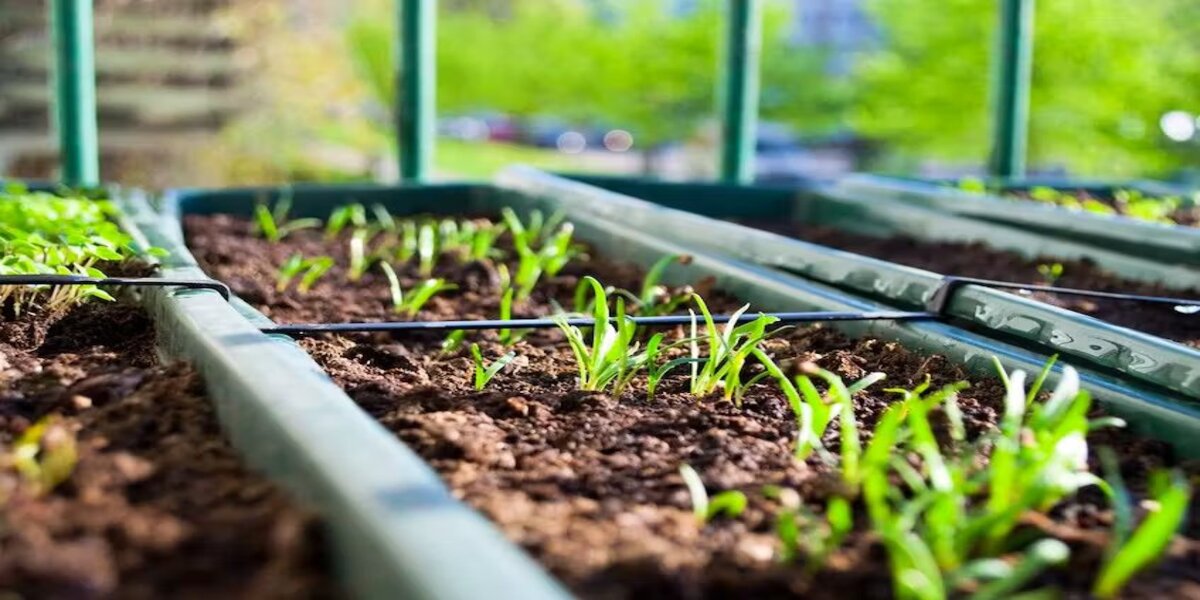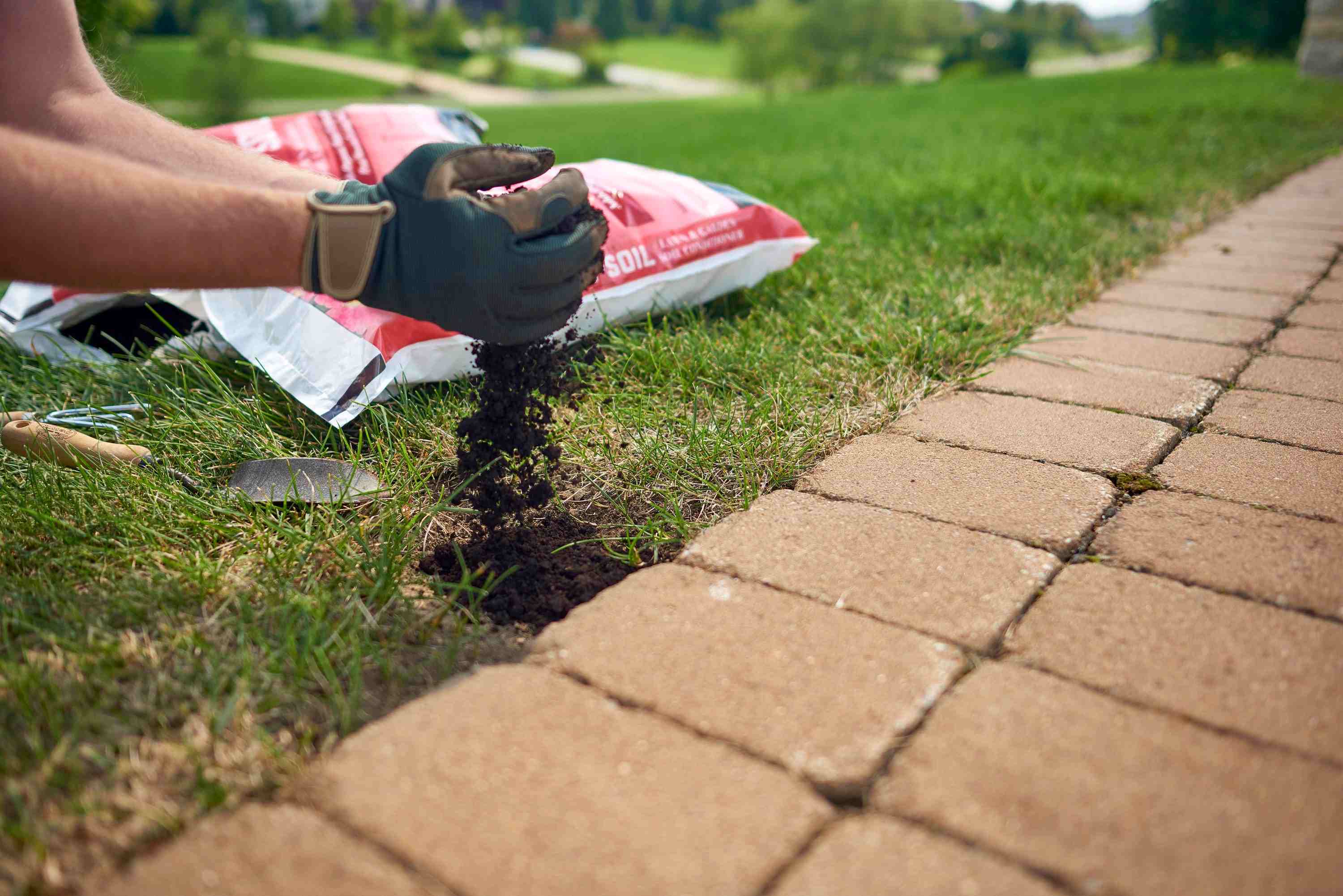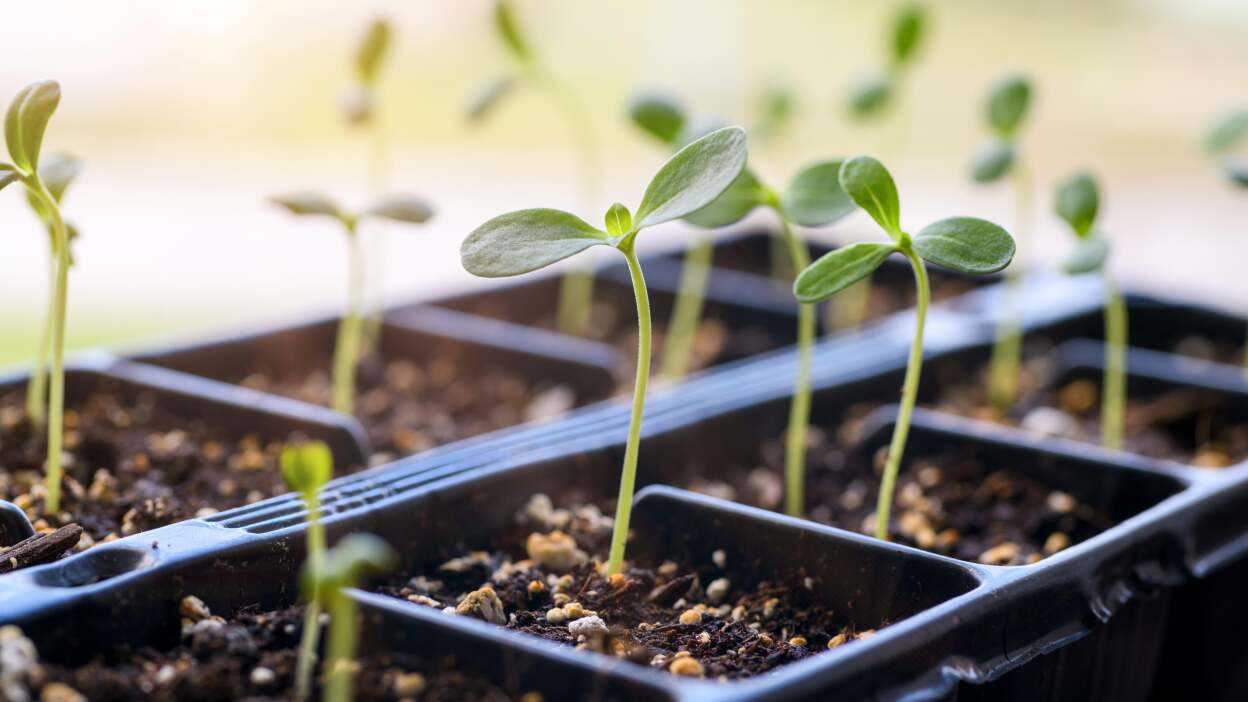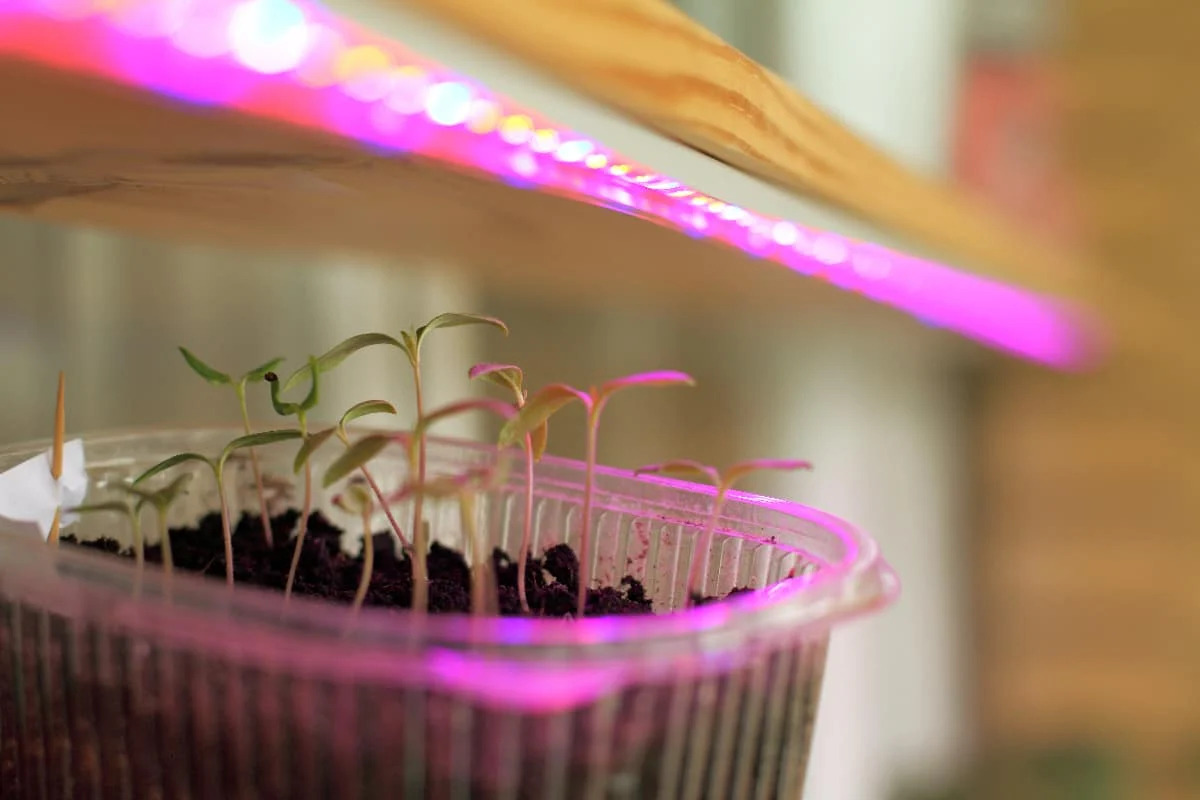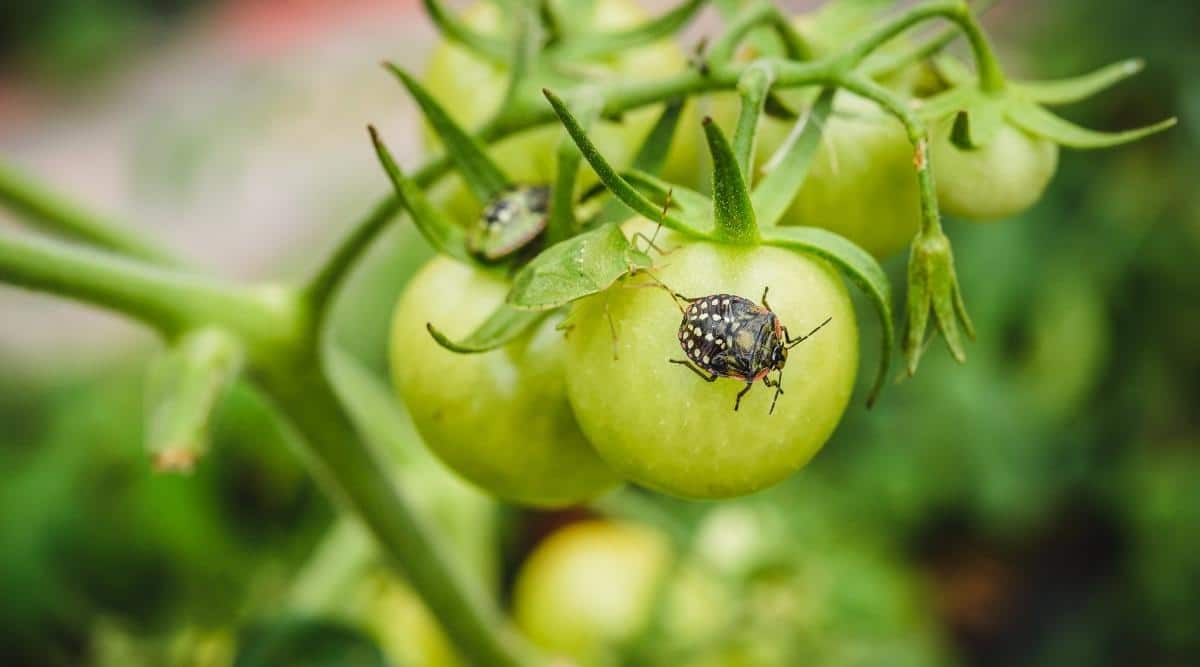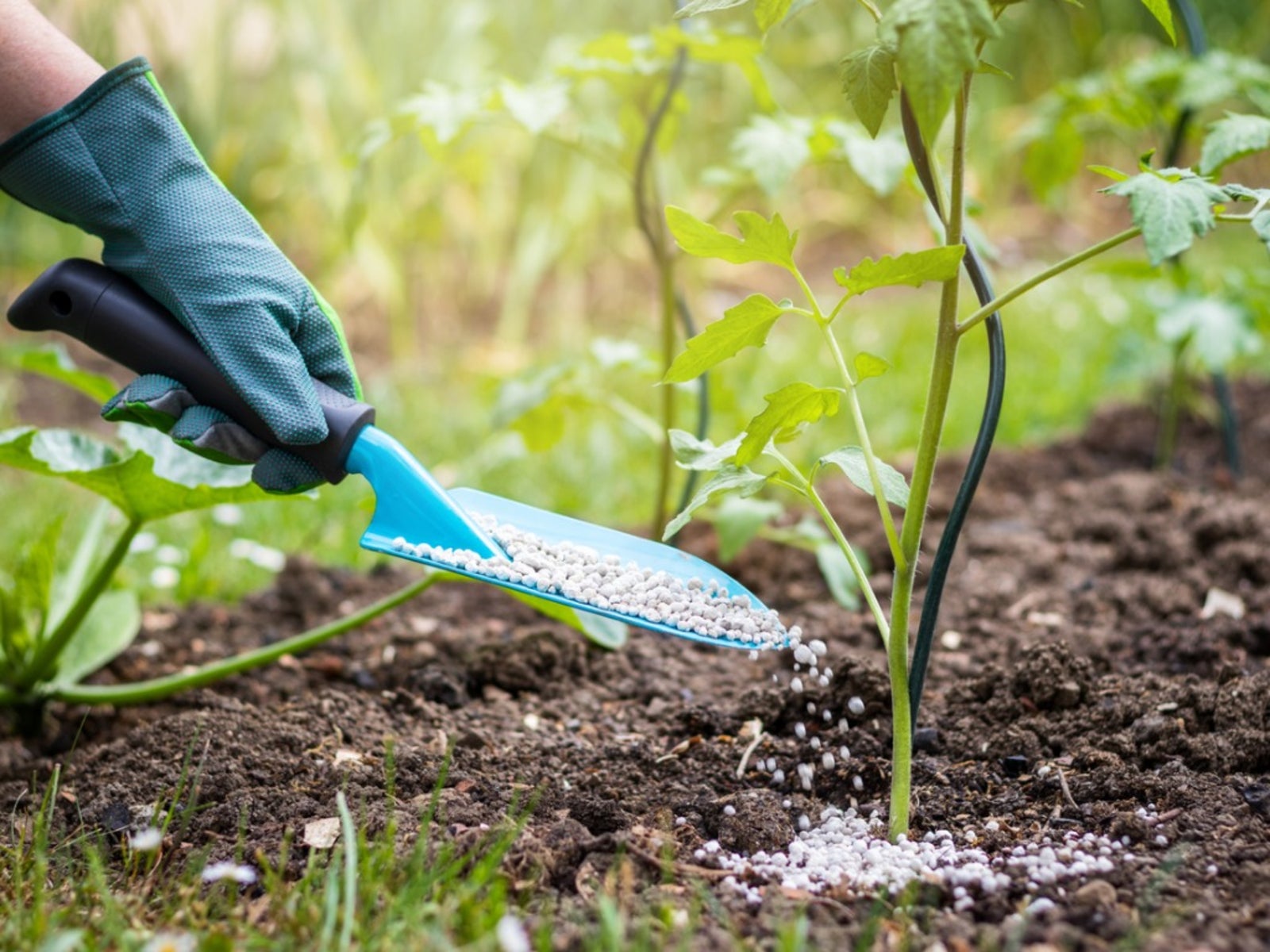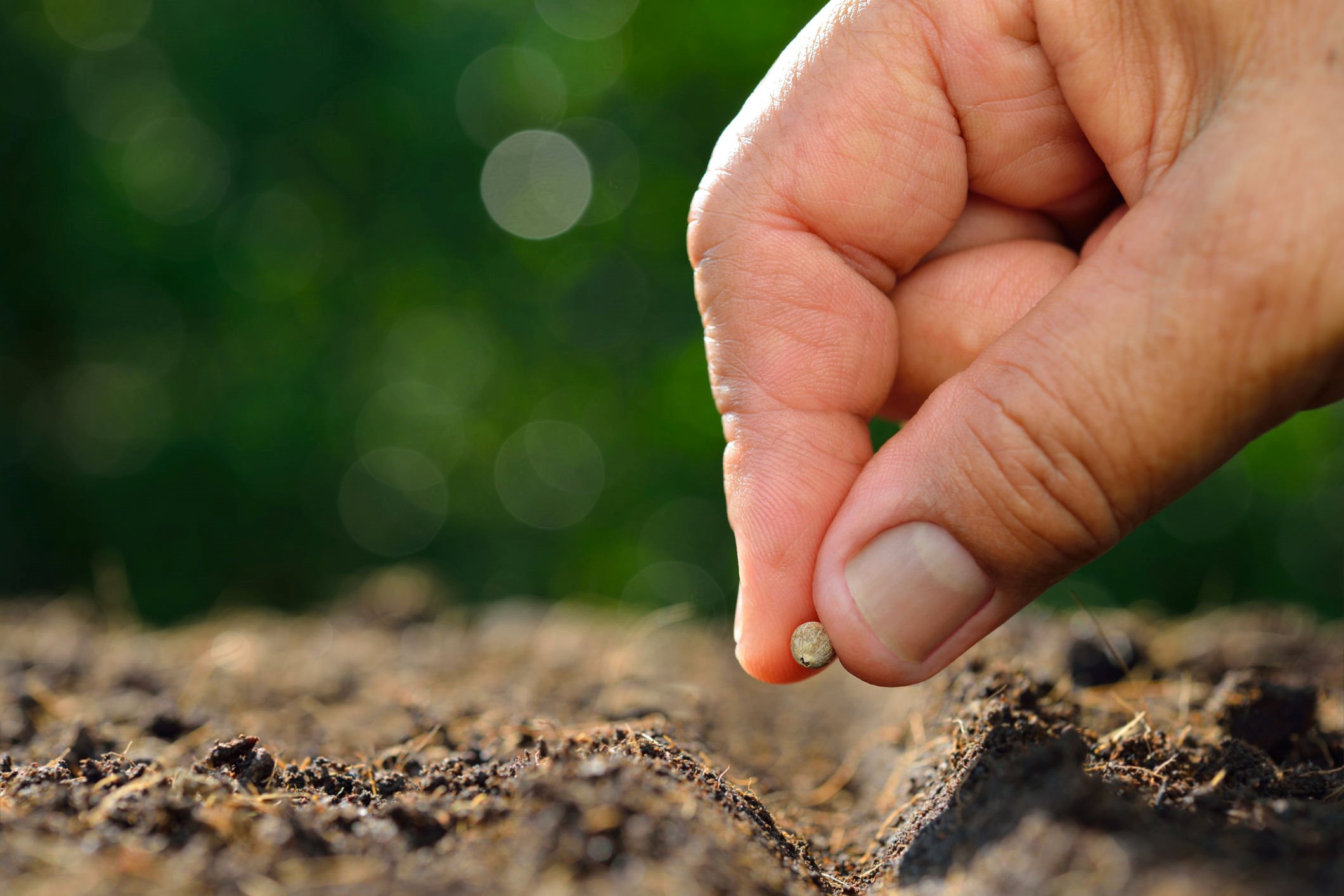Home>Gardening Tips and Tricks>Eco-Friendly Gardening>Putting An Egg In The Hole When Planting Tomatoes
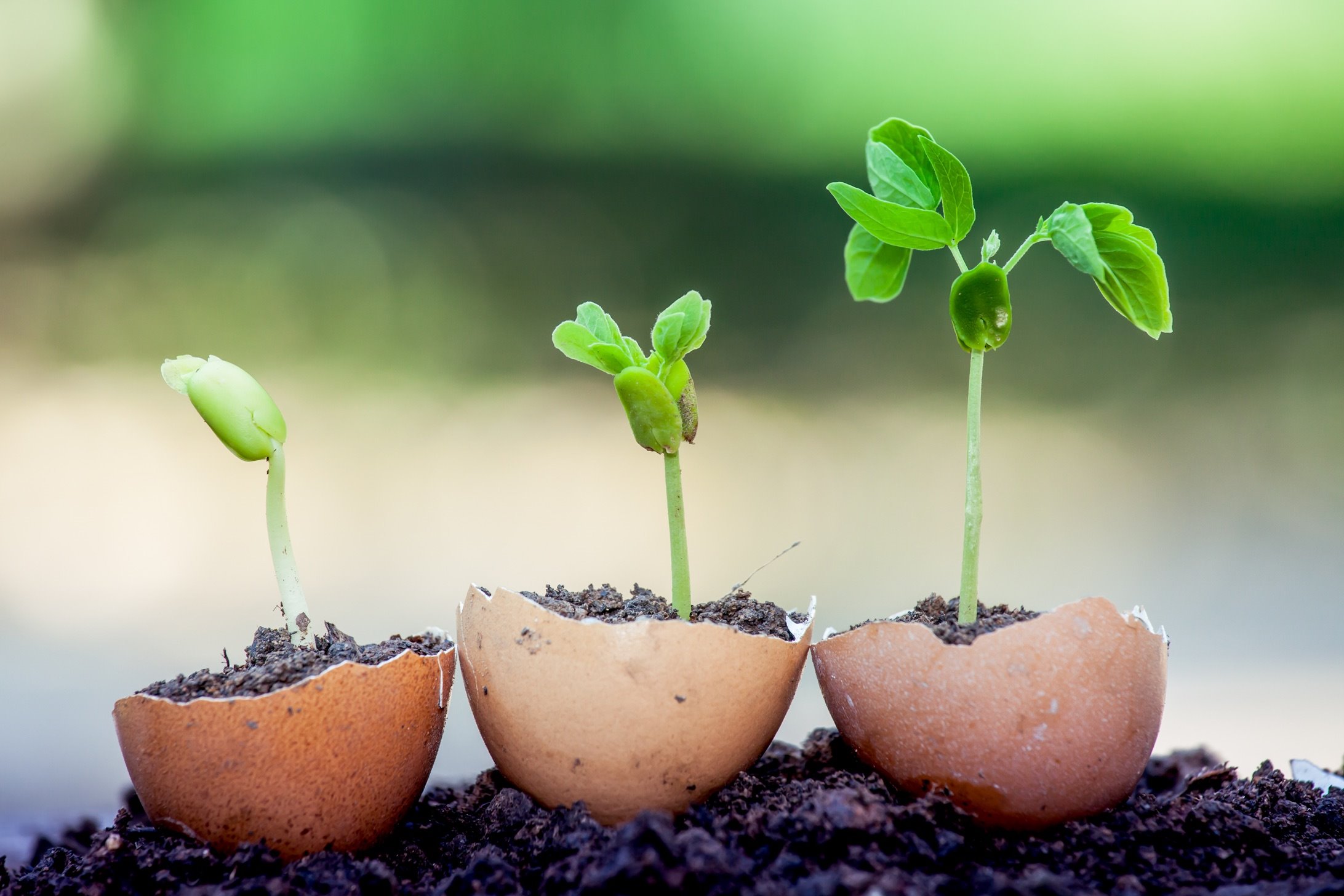

Eco-Friendly Gardening
Putting An Egg In The Hole When Planting Tomatoes
Modified: January 22, 2024
Learn how to practice eco-friendly gardening by putting an egg in the hole when planting tomatoes. Boost your tomato yields while reducing waste.
(Many of the links in this article redirect to a specific reviewed product. Your purchase of these products through affiliate links helps to generate commission for Chicagolandgardening.com, at no extra cost. Learn more)
Table of Contents
- Introduction
- What is the “Egg in the Hole” Technique?
- Benefits of Using the “Egg in the Hole” Technique
- Step-by-step Guide to Planting Tomatoes with the “Egg in the Hole” Technique
- Tips for Successful Tomato Planting with the “Egg in the Hole” Technique
- Common Mistakes to Avoid When Using the “Egg in the Hole” Technique
- Conclusion
Introduction
Welcome to the wonderful world of eco-friendly gardening! If you’re a gardening enthusiast who also cares about the environment, then this article is just for you. In this guide, we will explore the fascinating technique of using an “egg in the hole” when planting tomatoes. Not only is this method environmentally friendly, but it also offers a range of benefits for your tomato plants and the overall health of your garden.
Tomatoes are a versatile and delicious fruit that many gardeners love to grow. However, traditional planting methods may involve the use of harmful chemicals and synthetic fertilizers that can harm the environment and potentially affect the taste and quality of the tomatoes. By using the “egg in the hole” technique, you can promote eco-friendly practices in your garden while ensuring healthy and robust tomato plants.
The “egg in the hole” technique involves placing a whole, uncooked egg at the bottom of the planting hole before adding soil and transplanting the tomato seedling. As the plant grows, the egg gradually decomposes, releasing essential nutrients into the soil. This natural fertilization method not only nourishes the tomato plants but also promotes a sustainable ecosystem in your garden.
In this comprehensive guide, we will delve into the benefits of using the “egg in the hole” technique, provide a step-by-step guide to planting tomatoes with this method, offer valuable tips for successful tomato cultivation, and highlight common mistakes to avoid. So, let’s dive in and explore the wonders of eco-friendly gardening with the “egg in the hole” technique!
What is the “Egg in the Hole” Technique?
The “egg in the hole” technique is a unique and environmentally friendly approach to planting tomatoes. It involves burying a whole, uncooked egg in the planting hole before transplanting the tomato seedling. As the egg decomposes, it releases valuable nutrients into the soil, providing a natural source of nourishment for the growing plants.
When it comes to traditional gardening practices, fertilizers are often used to provide plants with the necessary nutrients for healthy growth. However, these fertilizers can contain synthetic chemicals that can be harmful to both the environment and our health. The “egg in the hole” technique offers a natural alternative to fertilizers, supporting sustainable gardening methods.
The concept behind the “egg in the hole” technique is that the egg acts as a slow-release fertilizer. As it breaks down, it releases vital nutrients such as calcium, phosphorus, and potassium into the soil. These nutrients are essential for plant growth and development, promoting strong stems, vibrant foliage, and bountiful fruit production.
In addition to providing nutrients, the decomposition of the egg also helps to improve soil structure. The organic matter from the egg enriches the soil, enhancing its water-holding capacity and promoting better drainage. This ensures that the tomato plants have access to adequate moisture while preventing waterlogged conditions that can lead to root rot or other plant diseases.
The “egg in the hole” technique can be particularly beneficial for tomato plants, as they have high nutrient requirements. By using this method, you can provide a continuous supply of nutrients throughout the growing season. This can result in healthier plants, increased resistance to pests and diseases, and improved fruit quality.
Now that we have explored what the “egg in the hole” technique entails, let’s move on to the exciting part – the numerous benefits it offers for your tomato plants and your overall garden health!
Benefits of Using the “Egg in the Hole” Technique
The “egg in the hole” technique offers a range of benefits for your tomato plants and the overall health of your garden. Let’s explore some of the key advantages of using this eco-friendly planting method:
- Natural and Organic Fertilization: By burying a whole, uncooked egg in the planting hole, you provide a natural and organic source of nutrients for your tomato plants. As the egg decomposes, it releases essential elements like calcium, phosphorus, and potassium, promoting robust growth and development.
- Long-lasting Nutrient Release: Unlike synthetic fertilizers that provide a quick burst of nutrients, the “egg in the hole” technique offers a slow-release effect. The gradual decomposition of the egg ensures a continuous supply of nutrients to the tomato plants, supporting their growth throughout the entire growing season.
- Improved Soil Health: The decomposition of the egg enriches the soil, enhancing its structure and fertility. It increases the organic matter content, improving water retention and drainage. This results in healthier soil that can support optimal plant growth and overall garden health.
- Environmentally Friendly: Using the “egg in the hole” technique reduces reliance on synthetic fertilizers and their potential negative impact on the environment. It supports sustainable gardening practices by utilizing natural resources and reducing chemical usage, making it an eco-friendly choice for environmentally conscious gardeners.
- Enhanced Tomato Flavor and Nutrition: The nutrient-rich environment created by the “egg in the hole” technique can have a positive impact on the flavor and nutritional content of your tomatoes. The plants will have access to a wide range of essential nutrients, resulting in tastier and more nutritious fruits.
- Cost-effective: Eggs are readily available and affordable, making the “egg in the hole” technique a cost-effective alternative to purchasing synthetic fertilizers. This method allows you to nourish your tomato plants without breaking the bank.
As you can see, there are numerous benefits to using the “egg in the hole” technique when planting tomatoes. From natural and organic fertilization to improved soil health and enhanced flavor, this method offers a holistic approach to eco-friendly gardening. Now, let’s delve into the step-by-step guide for incorporating the “egg in the hole” technique into your tomato planting process.
Step-by-step Guide to Planting Tomatoes with the “Egg in the Hole” Technique
Now that you understand the benefits of using the “egg in the hole” technique, let’s dive into the step-by-step process for incorporating this method into your tomato planting:
- Selecting the Tomato Variety: Choose a tomato variety that best suits your needs and growing conditions. Consider factors such as size, taste, disease resistance, and maturity time.
- Preparing the Planting Area: Select a sunny spot in your garden with well-draining soil. Remove any weeds and loosen the soil to facilitate root growth. It’s also a good idea to amend the soil with organic matter such as compost for added nutrients.
- Digging the Planting Hole: Dig a hole that is deep and wide enough to accommodate the tomato seedling and the egg. It should be around twice the size of the root ball of the seedling.
- Placing the Egg in the Hole: Place a whole, uncooked egg at the bottom of the hole. Make sure the egg is situated directly beneath where the root ball of the seedling will be placed.
- Planting the Tomato Seedling: Carefully remove the tomato seedling from its container, taking care not to disturb the roots too much. Gently place the root ball on top of the egg in the hole.
- Backfilling with Soil: Gradually fill the hole with soil, ensuring that the root ball is covered completely. Lightly firm the soil around the base of the plant, but be careful not to compact it too much, as this can hinder root development.
- Watering the Tomato Plant: Give the newly planted tomato seedling a thorough watering to help settle the soil and ensure good moisture contact with the roots. Water the plant regularly, keeping the soil evenly moist but not waterlogged.
- Providing Support: Depending on the tomato variety, you may need to provide support for the plants as they grow. Install stakes or cages around the plants to help support their upright growth and prevent sprawling.
- Maintaining and Caring for the Tomato Plants: Throughout the growing season, monitor the tomato plants for signs of pests, diseases, and nutrient deficiencies. Remove any damaged or diseased foliage promptly. Fertilize the plants with organic amendments or compost to supplement the nutrients released by the egg.
By following these steps, you can successfully incorporate the “egg in the hole” technique into your tomato planting process. This method not only provides natural fertilization but also encourages healthy growth and abundant harvests in your garden. Now, let’s move on to some valuable tips to ensure success with the “egg in the hole” technique.
Tips for Successful Tomato Planting with the “Egg in the Hole” Technique
Planting tomatoes with the “egg in the hole” technique can lead to a thriving garden and bountiful harvests. To maximize your success, consider the following tips when implementing this method:
- Choose the Right Egg: Use fresh, uncooked eggs for optimal results. Avoid using eggs that are cracked or have any signs of spoilage.
- Optimal Planting Time: Plant your tomatoes after the last frost date for your region. This will ensure that the plants have the best chance of survival and growth.
- Proper Spacing: Leave adequate space between tomato plants to allow for proper air circulation and minimize the risk of diseases. Recommended spacing varies depending on the tomato variety, so refer to the specific requirements for your chosen cultivar.
- Watering Techniques: Water your tomato plants deeply and consistently, aiming to keep the soil evenly moist. Avoid overwatering, as it can lead to root rot. Mulching around the plants can help retain moisture and regulate soil temperature.
- Pruning and Training: Regularly prune the lower leaves of the tomato plants to improve airflow and reduce the risk of fungal diseases. Additionally, consider supporting and training the plants to encourage upward growth and prevent sprawling.
- Nutrient Supplements: While the “egg in the hole” technique provides natural fertilization, additional nutrient supplementation may be necessary. Consider using organic fertilizers or compost to ensure the plants receive all the necessary nutrients throughout the growing season.
- Pest and Disease Management: Monitor your tomato plants for common pests and diseases, such as aphids, tomato hornworms, or fungal infections. Employ organic pest control methods like handpicking or using natural insecticides and fungicides, if necessary.
- Regular Harvesting: Harvest ripe tomatoes regularly to encourage continued fruit production and prevent overripe or rotting fruits on the plant. This will also help maintain plant health and vigor.
- Continuous Care: Provide ongoing care and attention to your tomato plants, including regular weeding, monitoring for nutrient deficiencies, and addressing any issues promptly. Regularly assess the health of the plants and make necessary adjustments to optimize their growth.
By implementing these tips, you can create an optimal environment for your tomato plants to flourish using the “egg in the hole” technique. Now that you are aware of the best practices, let’s discuss some common mistakes to avoid when employing this method.
Common Mistakes to Avoid When Using the “Egg in the Hole” Technique
While the “egg in the hole” technique can be highly beneficial for planting tomatoes, there are some common mistakes that gardeners should avoid to ensure successful results. By being aware of these pitfalls, you can maximize the effectiveness of this method:
- Using Spoiled or Cracked Eggs: It is important to use fresh, uncooked eggs without any signs of spoilage or cracks. Spoiled eggs can introduce harmful bacteria into the soil and affect plant health.
- Planting Too Deep: Be cautious not to plant the tomato seedling too deep in the hole. The root ball should be level with or slightly above the soil surface to prevent rotting and poor establishment.
- Insufficient Watering: Proper hydration is crucial for the success of your tomato plants. Avoid underwatering or overwatering, as both can negatively impact plant health. Maintain consistently moist soil without waterlogging.
- Neglecting Nutritional Supplements: While the egg provides natural fertilization, it may not be sufficient to meet all the nutrient requirements of the tomato plants. Supplement with organic fertilizers or compost to ensure adequate nourishment throughout the growing season.
- Ignoring Pests and Diseases: Be vigilant and address any signs of pests or diseases promptly. Ignoring these issues can lead to significant damage to the plants and reduced yield. Implement organic pest control methods and keep a close eye on the health of your tomatoes.
- Neglecting Pruning and Support: Pruning lower leaves and providing proper support for the tomato plants are essential for airflow and preventing diseases. Neglecting these measures can result in increased vulnerability to fungal infections and stunted growth.
- Overcrowding: Planting tomatoes too close together can hinder proper air circulation and increase the risk of disease spread. Follow the recommended spacing guidelines for your tomato variety to allow for adequate growth and development.
- Skipping Regular Harvesting: Leaving overripe or rotting tomatoes on the plant can impact the overall health of the plant and reduce the yield. Ensure that you harvest ripe fruits regularly to maintain plant vigor and encourage continuous fruit production.
- Ignoring Overall Garden Care: The success of your tomato plants with the “egg in the hole” technique also depends on the overall health of your garden. Neglecting tasks such as weeding, soil maintenance, and monitoring for nutrient deficiencies can hinder plant growth.
By being mindful of these common mistakes and following best practices, you can avoid potential pitfalls and increase your chances of success when using the “egg in the hole” technique for planting tomatoes. Now, let’s wrap up this comprehensive guide to eco-friendly gardening with some closing thoughts.
Conclusion
Congratulations! You are now equipped with the knowledge to embrace eco-friendly gardening and enhance your tomato planting with the “egg in the hole” technique. By incorporating this method into your gardening practices, you can promote sustainable gardening, support the health of your tomato plants, and reduce your impact on the environment.
The “egg in the hole” technique offers a natural and organic approach to fertilization, providing long-lasting nutrient release and improving soil health. This technique not only nourishes your tomato plants but also contributes to the overall vitality of your garden ecosystem.
Remember to follow the step-by-step guide for successful planting, while keeping in mind valuable tips such as choosing the right eggs, providing adequate support, and regularly monitoring for pests and diseases. Be mindful of common mistakes, such as planting too deep or neglecting nutritional supplementation, to ensure optimal results.
Through the “egg in the hole” technique, you can enjoy the delicious fruits of your labor—tasty and nutritious tomatoes that have been nurtured using organic methods. By reducing the use of synthetic fertilizers and chemicals, you’re playing an important role in preserving the environment and creating a healthier and more sustainable garden.
So, grab your gardening tools, choose your favorite tomato varieties, and embark on your journey of eco-friendly gardening with the “egg in the hole” technique. Happy planting, and may your tomatoes flourish in the most fruitful and environmentally friendly way possible!

